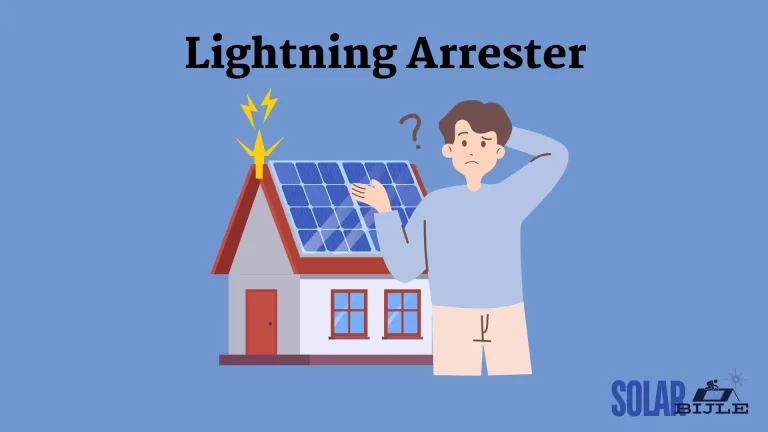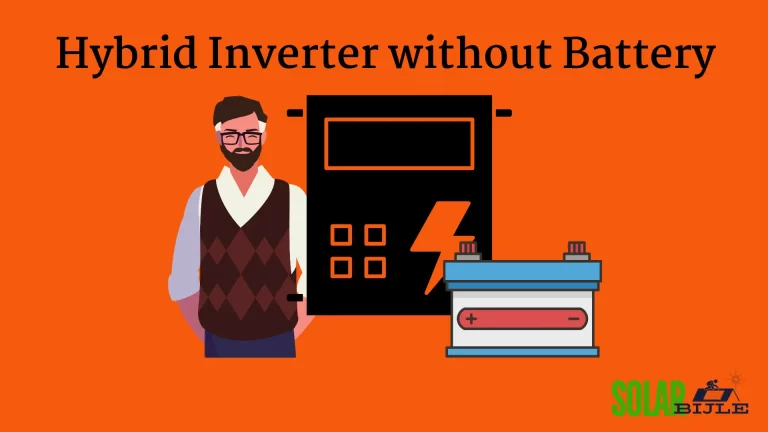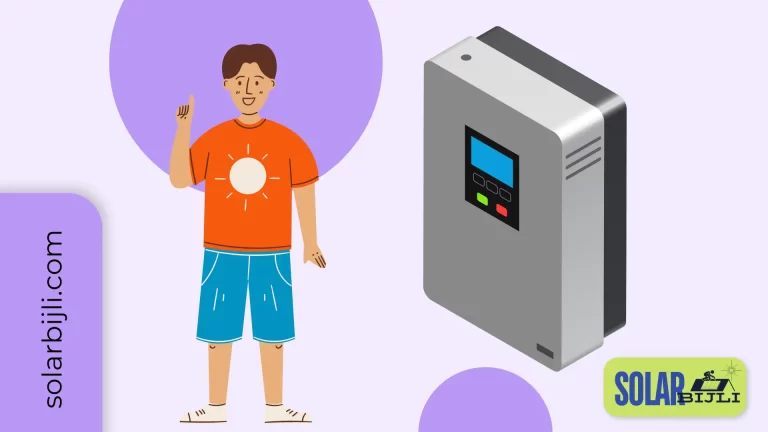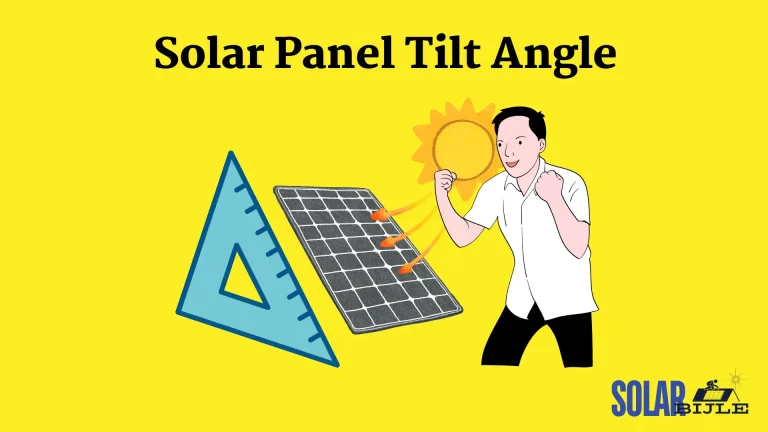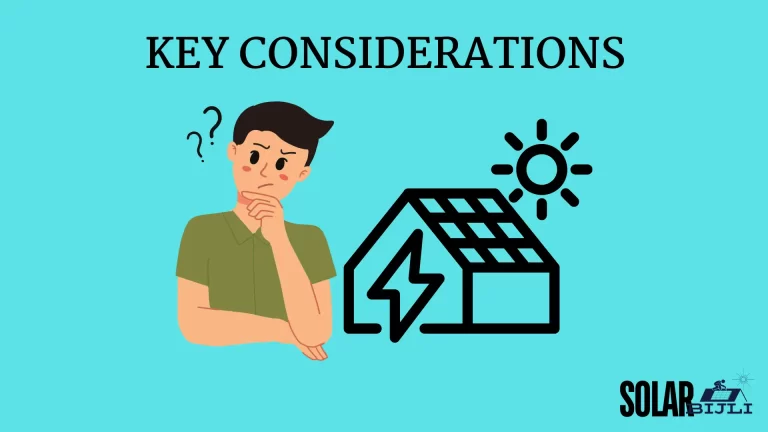In Pakistan, the common man is unaware of basic terms used in a solar system which is at times frustrating. In this article we will cover all basic knowledge for beginners. There are a lot of calculations and different theories but we will cover these in a simplest way.
What Is Electricity?
Electricity is the flow of electrical power( electrons) through a wire. Electricity is a common form of energy which is produced from other sources. These energy sources are coal, natural gas, nuclear energy, solar energy, and wind energy.
In simple words, electricity travels through wires or conductors or pieces of metal that carry electrical energy over a distance. So if we want something to be electrically connected from one point to another point, we use wires to transmit that electrical force.
Wire
Wire is a conductor that is covered and protected by an insulator. This means that the material inside the wire can transmit electrical force, and the material on the outside of the wire blocks electrical force.
An example of a wire is like a water pipe. The electrical force can transmit in the middle, or the water can flow in the middle, but it cannot escape the sheath. It is contained inside and can be transmitted over a distance.
Current
Flow of electricity or water through a medium like conductor or water pipe is called current. Wires can carry DC current and AC current.
Direct Current (DC)
In DC electricity, electricity flows in one direction, Take example of a river where water flows in one direction.
A car battery has a positive and a negative terminal ( red and a black). When we attach two wires to the positive and negative terminal of a battery, and connect it to an appliance that is rated for 12 volts, what happens is electrical force or electrical charge will flow through these wires. It will go out one side of the battery to the appliance, and it will flow out of the appliance and back to the battery.
Alternating Current (AC)
In AC, electricity vibrates forward and backward. It’s like ocean waves where it moves back and forth. In our homes AC electricity is used. Electricity inside wires moves back and forth and it vibrates to transmit the electrical force and power up the lights and other home appliances.
In an AC system the positive and the negative are switching so quickly that nothing in the wire is physically moving, but it’s transmitting the force across the wire. So in an alternating system, There is no positive and negative and the electrical force is being transmitted through vibrations. This is technically called an oscillation.
Measuring the Electricity
We use volts, amps, and watts to describe how much electrical force is being transmitted through a conductor or a wire.
Volts (V)
Volts are the amount of potential energy. Voltage is the pressure or the force of the electricity transmitted through a wire.. In other words, it’s the differential pressure of electricity. Volts push the electrons through the wire (conductor). Higher voltage pushes harder the electrons. Voltage determines the compatibility of appliances to be used. For example DC 12 V appliances can be used with a 12V battery or AC 220V/110V fan can be wired through 220V/110V AC plug.
Amperage (A)
Amps are how much electricity is going through that wire or how fast electrons can travel through a wire or circuit.
Amps are like flow of water (10 Liters/ Minute). For example,how fast is water flowing? 10 liters per minute.The amperage will determine how thick (gauge) wire needs to be used when attaching an electrical component. If a wire is not thick enough to carry a load to power an appliance,it will eventually heat up. it will be given off as heat. Wire generates so much heat that it can cause a fire if the proper wire gauge is not used.
Watts (W)
Watts is the rate of energy or efficiency. Watts is a combination of volts and amps (Watts= Volts x Amps). Watts are how much energy is required to do the task. Wattage gives you a good idea of how much power something is using.
Examples:
Let’s say we have a solar panel that produces 10 volts, but only 1 amp. That means that together, if you multiply those two metrics ( 10 volts x amps), we get 10 watts.
(10 x 1= 10 watts)
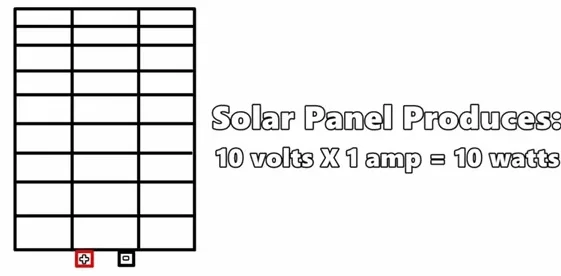
In another scenario if a solar panel produces 1 volt, but at 10 amps. If you multiply those two together, you will again get 10 watts (1 x 10= 10 watts). Both solar panels produce the same amount of power, or wattage, but at different volt and amp ratings.
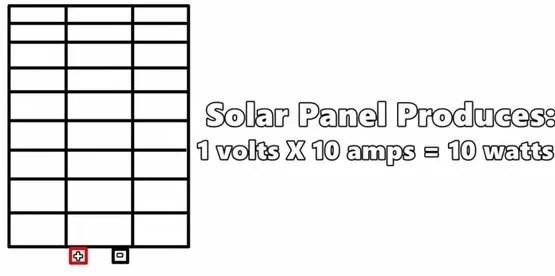
The difference in these components is that one will require a much larger wire to carry that power. The larger the amp rating, the larger the wire. But you can see that even though there’s different volt and amp ratings, they still produce the same amount of power.
Example: We can take the wattage of a solar panel and determine the voltage and the amperage if you have one of those metrics. So let’s say we have a 100 watt solar panel, and we know that the voltage is 10 volts, but we don’t know the amp rating. So we will take 100, the wattage, and divide it by 10, and we will get 10 amps.
100 watts/ 10 volts = 10 amps
Example. If we have a 50 watt solar panel, and it produces 25 volts, if you divide 50 by 25, you’re going to get 2 (50w/25v=2 amp). So that means it produces 2 amps at 25 volts. So even if a sticker on the back of an appliance shows the wattage and the voltage, but it doesn’t tell you the amperage, you can figure it out.
If you have the amperage and the wattage, you can figure out the voltage (50 w/ 2 amp=25v). The wattage gives you a good idea of how much power something is using. It doesn’t tell you the compatibility or what wires to connect to it or the fuse size at all.
Watt Hours (Wh)
Wattage only tells you how much power overall it’s generating or consuming. We can use the wattage with time to determine watt hours. If you look at your electricity bill, it will tell you how many kilowatt hours or 1000s of watts of hours you have used.
1Wh= 1 watts x 1 hour
Wh = Volts x Amps x Hour
So if you use 100 watts for one hour, that’s 100 watt hours. If you use 1000 watts for one hour, that’s 1000 watt hours or one kilowatt hour. Watt hour is important to understand for the reason that how much electricity in an appliance or a solar power system is generating or consuming over time.
Battery Capacity (Watts-hour)
If you have an amp rating for a battery in amp hours, and then you have a voltage, you multiply the two and you get the watt hour rating. Battery capacity is in Volts with Ah (12v 100Ah)
Watts hr (Wh)= Volts x Ah
Let’s say we have a battery that is 12 volts, and it can produce 100 amp hours. If we multiply 12 by 100, we will get 1200 watt hours. We can also use watt hour to determine how much electricity a battery can store.
How are Batteries Rated?
Watt hour is the best way to compare two batteries. If you go to the store in Pakistan, you will find a 12 volt 100 amp hour battery. It means that it can produce 100 amps for one hour at 12 volts. But you need to understand that the amp hour rating at that specific voltage is variable.

People often see a 6 volt battery, they’ll describe it as 225 amp hours, but that’s at six volts. If you connect it in series that battery with another six volt battery, the amp hours will not change.
When you know the watt hour rating of a battery, you can determine how long it can power your appliances for and how long it will take to recharge with a solar power system or an AC charger.
Example: We have a 1000 watt hour storage battery, and we want to power a 100 watt load. We take 1000 watt hours and we divide it by 100 watts to find how many hours we can power it for. So a 1000 watt hour battery can power a 100 watt load for 10 hours.
Another example. Let’s say we have a 100 watt hour battery, and we want to power a 50 watt load, we can only do it for two hours.
For better understanding we need to compare things with watt hours in watts because it is easier to wrap your mind around. We use volts and amps to figure out the wattage and then use watts with time to figure out what hours and then use watt hours to determine how big a battery is? How long does it take to recharge that battery? How long you can use that battery to power your loads and everything else.
In other place, a 24 volt battery produces 250 amp hours at 24 volts. If we have to run this system at 12 volts, it would be producing 500 amp hours.
Parallel and Series Connection
Parallel and series connection can change the voltage and the amp rating of certain components, including batteries and solar panels by connecting them in various ways.
Parallel Connection
In parallel connection, it means that you connect all the positives together and all the negatives together (+ with + and – with -).
So if you parallel connect all of those solar panels and you connect 10 panels and each one produces 10 amps, you add them together and you will get 100 amps. So if you parallel connect, the amps will go up and the voltage stays the same
If I have 10 solar panels, and I connect all the positives and I combine them into one wire and I combine all the negatives and combine them into one wire, that’s a parallel connection. If instead I daisy chain these solar panels, and I connect the positive of one to the negative of the one next to it, and then the positive that one to the negative, and I make a string or a daisy chain of these 10 panels, that’s called series connection. In a parallel connection, the voltage does not change or the force of that electrical charge, like that push, will not change, but the amps will.
Series Connection
In a series connection, when you daisy chain them together, what will happen is that the voltage will rise, but the amps will remain the same.
So let’s say we still have those same 10 solar panels and they all produce 10 amps, but instead of producing 100 amps with a parallel connection, they will still only produce 10 amps with a series connection, but the voltage will go up. So let’s say each panel produces 10 volts instead. That means that all together, when the series connected, they will produce 100 volts instead.
We can change the voltage in the amp rating by series or parallel connecting different components.

